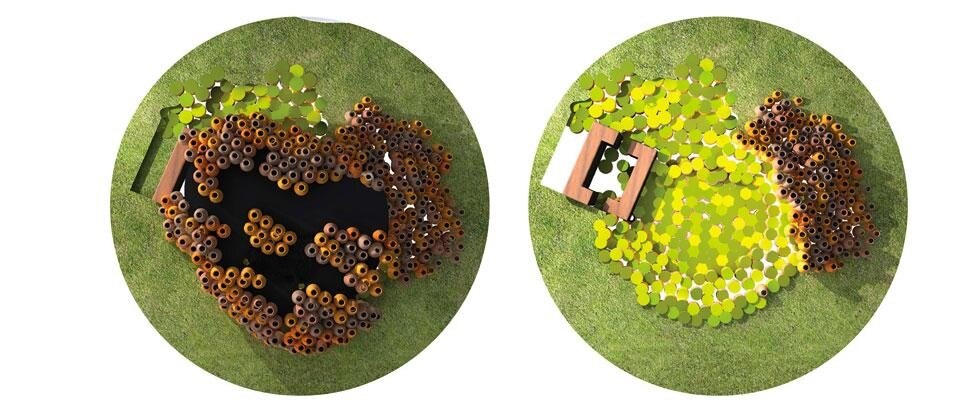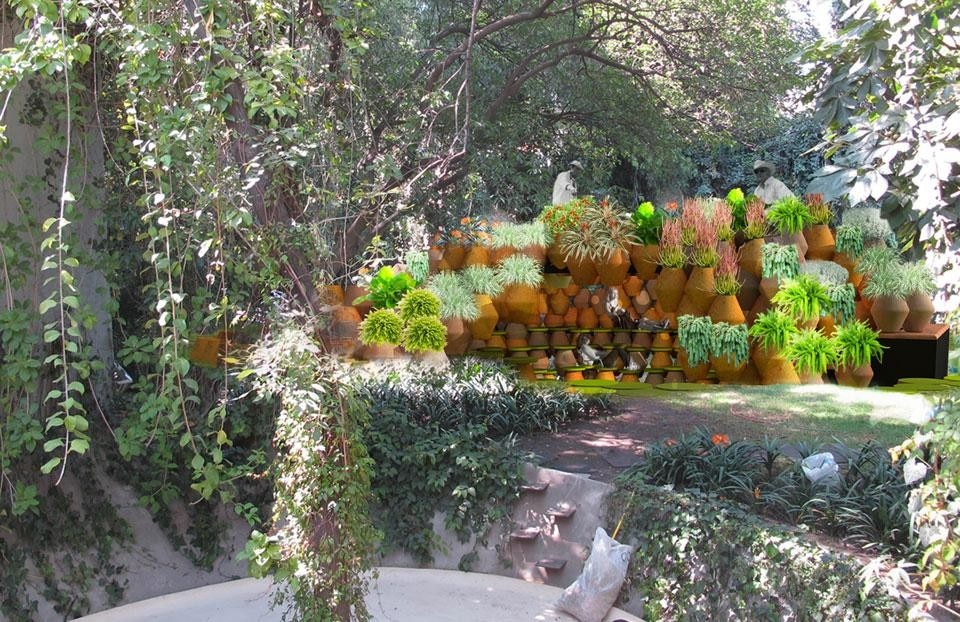The panel of judges, made up of Paola Antonelli, Ambra Medda, Miquel Adrià, Joseph Grima and Catalina Corcuera, was strategically assembled to provide a global vision and have the necessary experience to select a project capable of setting a precedent for this initiative's future. The judges reached a unanimous decision, declaring the Mexican studio Pedro&Juana the winner. They also announced a runner-up (Matilde Cassani and Francesco Librizzi, with Mineralwasser) and two honourable mentions (Pabellón O by Alberto García Lacruz, and Olivia, by Angelo Renna and Antonio Minto).
Pedro&Juana founders Ana Paula Ruíz Galindo and Mecky Reuss developed their pavilion proposal in collaboration with architect Gustavo Arroyo, who works in their studio. This team presented an experimental solution that goes beyond mere architectural purpose, with a proposal featuring an integrated design. Pedro&Juana's competition entry reflects on the young institution's nature as a space dedicated to collecting design in the form of an original plant pot, which – after the pavilion is built – may become a part of its permanent holdings. To produce this project, Pedro&Juana used direct domestic references to bring it to life.
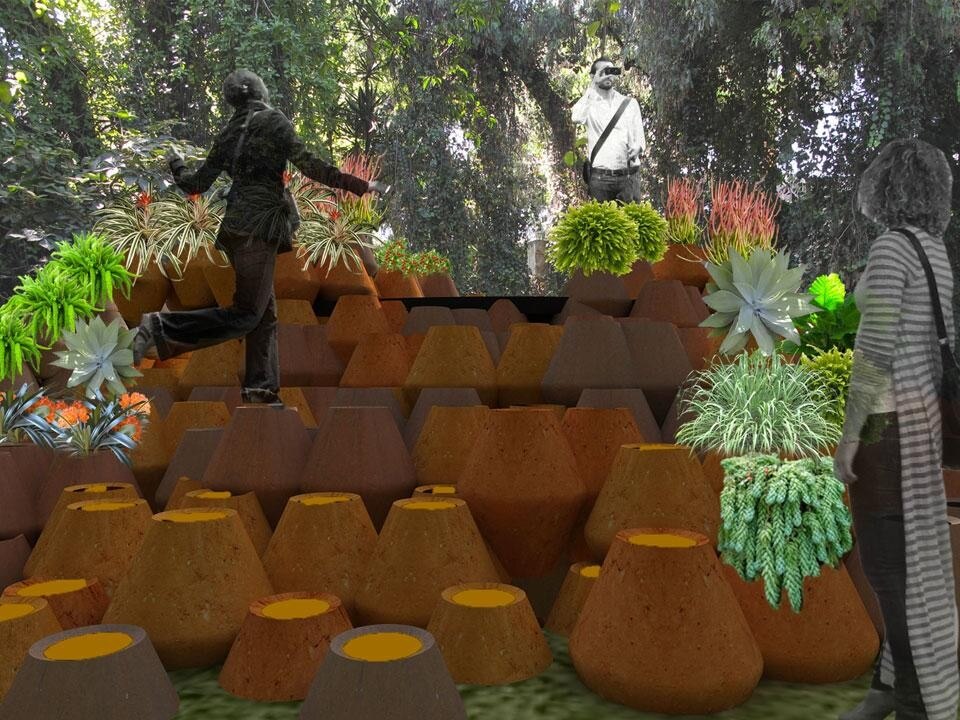
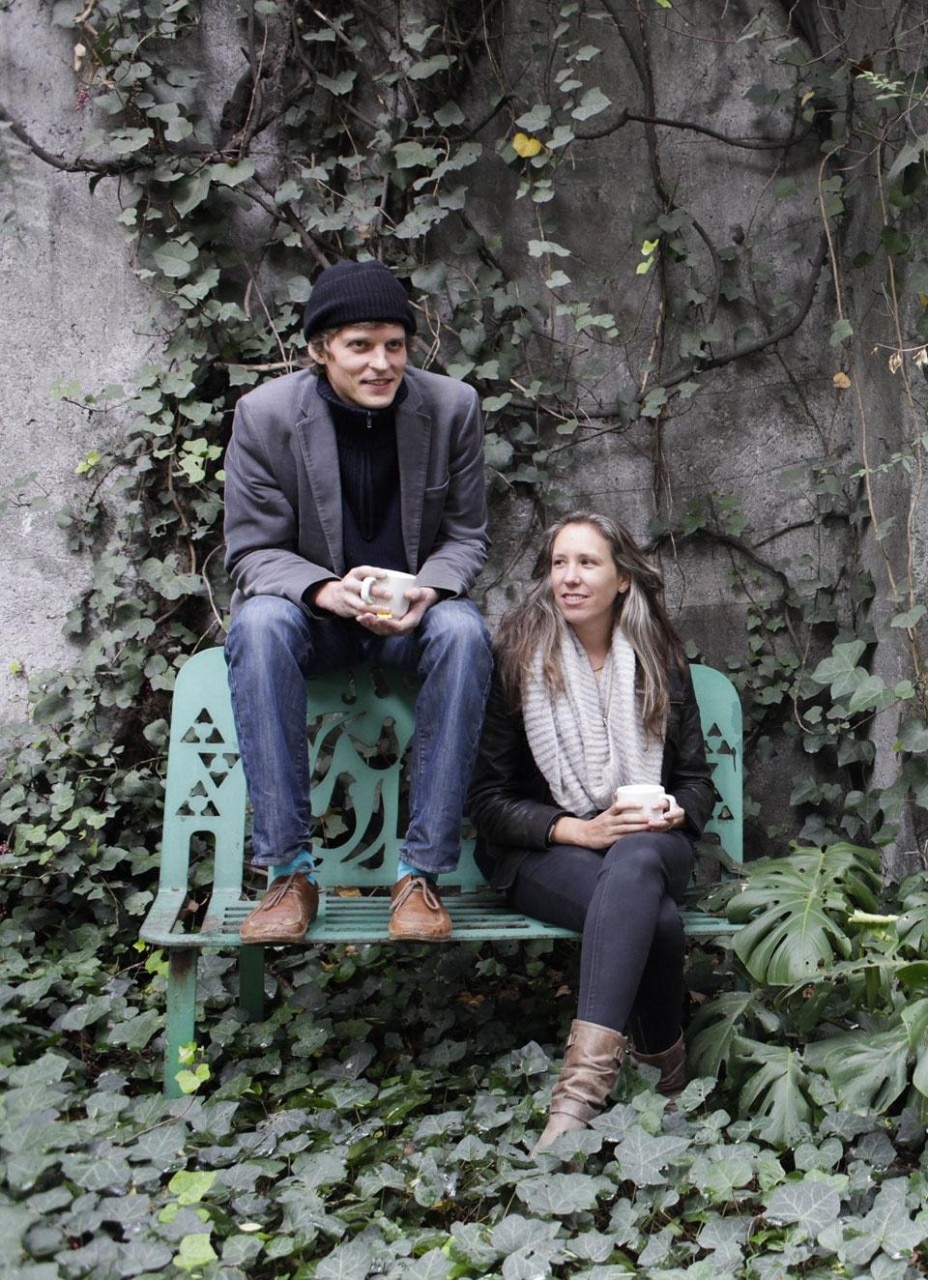
Pedro&Juana: Archivo is a museum for design and architecture. It displays objects. You look at them. We are interested in that relationship and what role the object plays in the production of architecture. You can proliferate an object and, depending on its properties, it can take a variety of shapes. It can be an independent object, but in a group it turns into architecture.
The hope is that it will amplify the garden by inserting itself as a garden and at the same time changing the way you look at and move around it
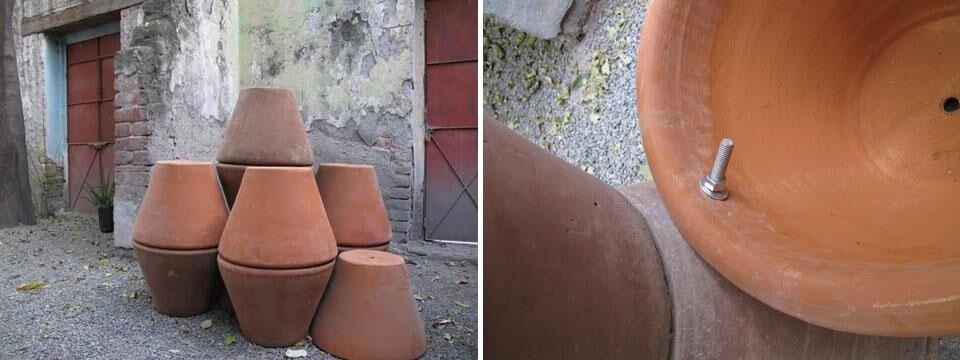
Of course, there is this presence of Luis Barragán over Archivo, as the neighbour who regularly used pots in his architecture and had his hands inside this garden. But in the end we are more interested in the material. Clay is such a familiar thing; it has been there before design and will be around, and it has always been part of Mexican culture. Secondly, the pot is a performative object. You fill it with dirt and stick a plant into it. That plant changes over time and the pot is never the same. So we proposed to place the pot inside of the garden in a big pile filled with plants, allowing the pavilion to become somewhat of a landscape project. We are interested in how the pot is going to be looked at inside of this pile that has become a pavilion. What does that do to the object? How do you look at this pot that has become a space filled with plants? Or do you just look at the pile? Or does the pile turn into a garden? It becomes a problem of resolution.
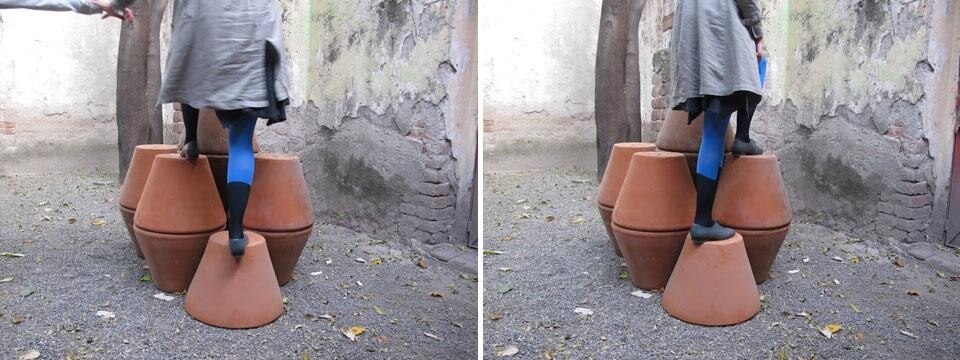
The pavilion is temporary, it is only there for a year. We wanted to make something that would actually change through out its stay in Archivo. Going back a bit to the materiality, it is part of what clay is, how it is transformed from dirt to clay to ceramic, and how it grows old and mosses with water and time. Plus, plants are alive. It is a possibility for not recycling or down-cycling a building or throwing it to the trash. You just compost it in situ. Or in 2000 years someone might dig out broken pieces of pots, reconstruct them and wonder why there are more than 600 of them in one place. Also, imagine how much luck will be spread by the destruction of this pavilion. And, of course, there is this romantic gesture of life: made of earth, filled with earth, the longer it sits around, smelling of earth and shortly after returning to earth. It could be a really sensational experience.
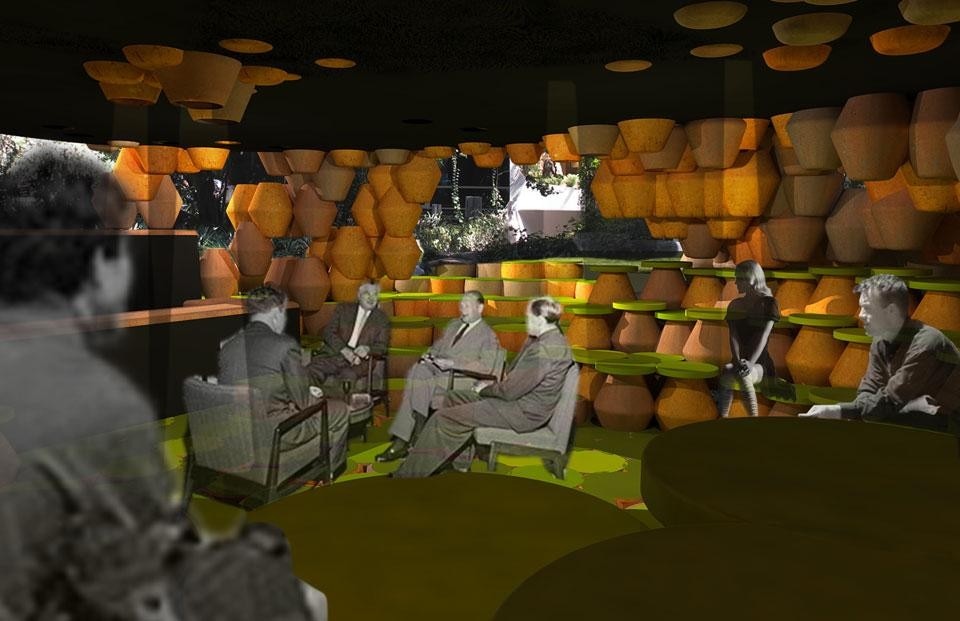
The hope is that it will amplify the garden by inserting itself as a garden and at the same time changing the way you look at and move around it. In a way, it is placing a pot in the garden that becomes an object that becomes a pavilion that hosts different programs and activities, but it can also just be a garden.
